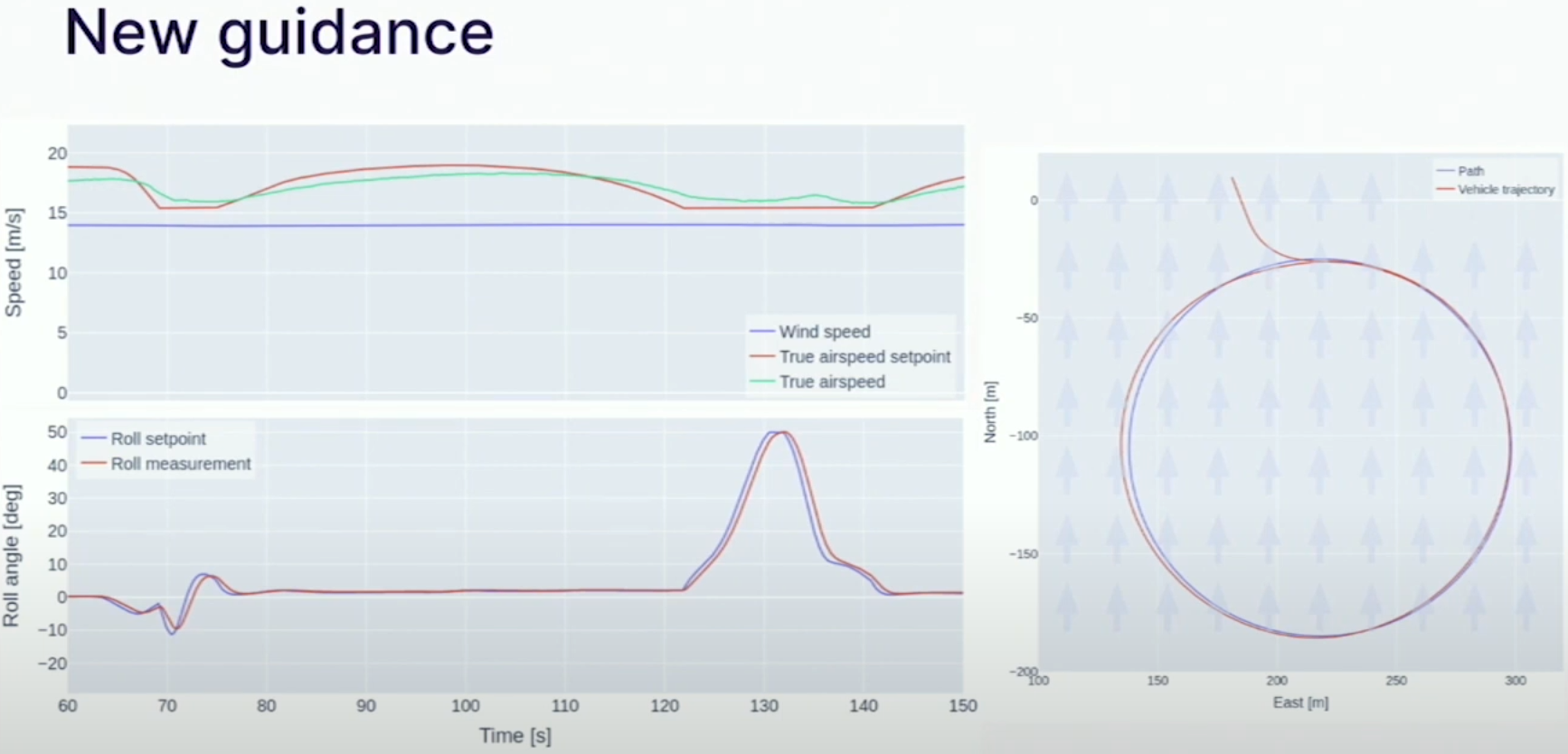分区
分区字段大小写:
在hive中,分区字段名是不区分大小写的,不过字段值是区分大小写的。我们可以来测试一下
导入数据
load data local inpath '/home/hivedata/user1.txt' into table part4 partition(year='2018',month='03',DAy='21'); load data local inpath '/home/hivedata/user3.txt' into table part4 partition(year='2018',month='03',day='AA');
查看分区的数量
show partitions tableName
添加和删除分区
添加分区:
添加分区的时候,partition之间 没有符号!
-- 单个分区 alter table part3 add partition(year='2023',month='05',day='02'); -- 多个分区 alter table part3 add partition(year='2023',month='05',day='03') partition(year='2023',month='05',day='04'); 一下子添加多个分区,partition 之间没有符号! -- 添加分区,并且带有数据 alter table part3 add partition(year='2023',month='05',day='05') location '/user/hive/warehouse/yhdb.db/part1/dt=2023-08-25'; -- 多分区,带数据 alter table part3 add partition(year='2020',month='05',day='06') location '/user/hive/warehouse/yhdb.db/part1/dt=2023-08-25' partition(year='2020',month='05',day='07') location '/user/hive/warehouse/yhdb.db/part1/dt=2023-08-25';
删除分区:
删除分区的时候,partition之间,有逗号!
--删除一个分区: alter table part3 drop partition(year='2023',month='05',day='05'); --删除多个分区,中间有逗号 alter table part3 drop partition(year='2023',month='05',day='02'),partition(year='2023',month='05',day='03');
查看表结构
desc formatted part3;
对比一下:
desc part4;
desc formatted part4;
desc extended part4;
让分区关联数据的三种方式【重点】
(1)方式一:上传数据后修复
create table if not exists part5( id int, name string, age int ) partitioned by (year string,month string,day string) row format delimited fields terminated by ',';
在hdfs上创建文件夹: hive (yhdb)> dfs -mkdir -p /user/hive/warehouse/yhdb.db/part5/year=2023/month=08/day=28; 上传数据 hive (yhdb)> dfs -put /home/hivedata/user1.txt /user/hive/warehouse/yhdb.db/part5/year=2023/month=08/day=28;
这时查询数据,发现此时表中是没有数据的,原因是partition的元数据没有在mysql中,修复一下:
msck repair table part5;
通过修复的日志,可以看出,修复操作其实是在part5这个表的元数据中,添加了分区的数据。
再次测试 select * from part5 ,发现就有数据了
(2)上传数据后添加分区
在hdfs上创建文件夹: hive (yhdb)> dfs -mkdir -p /user/hive/warehouse/yhdb.db/part5/year=2023/month=08/day=27; 上传数据 hive (yhdb)> dfs -put /home/hivedata/user1.txt /user/hive/warehouse/yhdb.db/part5/year=2023/month=08/day=27; 创建一个分区: alter table part5 add partition(year='2023',month='08',day='27');
先创建一个分区,会不会产生文件夹呢?会! 创建一个分区表,会不会产生文件夹呢?不会! 你也可以先创建分区,在分区的文件夹里面,上传数据!
alter table part5 add partition(year='2023',month='08',day='26'); 添加分区之后就有了文件夹:/user/hive/warehouse/yhdb.db/part5/year=2023/month=08/day=26 在这个文件夹里面上传数据: dfs -put /home/hivedata/user1.txt /user/hive/warehouse/yhdb.db/part5/year=2023/month=08/day=26;
(3) 方式三:load数据到分区
-- load一下数据:(我们经常使用load上传数据) load data local inpath '/home/hivedata/user1.txt' into table part5 partition(year='2023',month='08',day='25'); 这种方式其实没必要,因为不创建文件夹,load数据到分区表也会自动创建的。
分区的种类:
静态分区:先创建分区,再加载数据
动态分区:直接加载数据,根据数据动态创建分区
混合分区:分区字段有静态的,也有动态的。
动态分区:
根据数据的查询结果,动态的生成不同的分区
不能使用load加载,需要先建普通的表,查询出来再加入到表中
动态分区的玩法:
(1)开启动态分区功能(默认true,开启) set hive.exec.dynamic.partition=true; (2)设置为非严格模式(动态分区的模式,默认strict ,表示 必须指定 至少 一个分区为静态分区,nostrict模式表示 允许所有的分区字段都可以使用动态分区) set hive.exec.dynamic.partition.mode=nostrict; (3) 在所有执行MR的节点上,最大一共可以创建多少个动态分区,默认为1000 set hive.exec.dynamic.partitions=1000; (4)在每个执行MR的节点上,最大可以创建多少个动态分区。 该参数需要根据实际的数据来设定。比如:源数据中包含了一年的数据,即day字段有365个值,那么该参数就需要设置成大于365,如果使用默认值100,则会报错。 set hive.exrc.dynatmic.partitions.pernode=100;
创建普通的表,将数据加载进去: -- 创建表 create table order_partition ( order_no string, type string, order_time string ) row format delimited fields terminated by '\t'; -- 加载数据 load data local inpath "/home/hivedata/dongtai.txt" into table order_partition; 接着按照需求,创建动态分区表 create table order_dynamic_partition ( order_no string ) partitioned by(type String, `time` String) row format delimited fields terminated by '\t'; 导入数据:效果就是按照type和time 两个字段的数据,动态的创建分区: 一定不要使用load加载数据,要从普通表中查询数据插入到动态表: insert overwrite table order_dynamic_partition partition (type, `time`) select order_no, type, order_time from order_partition; hive (yhdb)> show partitions order_dynamic_partition; OK partition type=china/time=2014-05-01 type=china/time=2014-05-02 type=usa/time=2014-05-01 Time taken: 0.254 seconds, Fetched: 3 row(s) 思考:order_no, type, order_time 能过换成* insert overwrite table order_dynamic_partition partition (type, `time`) select * from order_partition; 虽然没有报错,但是不建议: 因为动态分区是由规律的:动态分区数据必须是查询数据的后几位。 insert overwrite table order_dynamic_partition partition (type, `time`) select order_no, type, order_time from order_partition; 动态分区需要依赖于两个字段的数据,这两个数据必须是最后两个,而且必须数据要照应. 也就是说,不管select 有多少个字段,最后两个字段必须照应,否则有问题!
分桶
1、分桶的意义
数据分区可能导致有些分区,数据过多,有些分区,数据极少。分桶是将数据集分解为若干部分(数据文件)的另一种技术。
分区和分桶其实都是对数据更细粒度的管理。当单个分区或者表中的数据越来越大,分区不能细粒度的划分数据时,我们就采用分桶技术将数据更细粒度的划分和管理。
分桶必须分区
分区和分桶都属于hive优化的一部分
分桶没有分区作用大
提高效率
底层原理其实是MR的分区 HashPartitioner
与MapReduce中的HashPartitioner的原理一模一样
2、分桶的原理
与MapReduce中的HashPartitioner的原理一模一样 MapReduce:使用key的hash值对reduce的数量进行取模(取余) hive:使用分桶字段的hash值对分桶的数量进行取模(取余)。针对某一列进行分桶存储。每一条记录都是通过分桶字段的值的hash对分桶个数取余,然后确定放入哪个桶。 MapReduce: Key 单词 reduce的数量是3个,最后形成3个。 hello --> hello 进行hash算法 --> 得到的hash值对3取模(0 1 2) MapReduce假如不指定分区,是否有分区呢?答案是有,使用默认分区HashPartitioner。 Hive --> 假如 我指定分桶字段为 id , 桶的数量为 3个,就是hash(id) % 3 = 0 1 2 桶是一个个的文件,分区是一个个的文件夹。
3、分桶有啥好处
分区的意义:提高查询效率 分桶的意义:将每一个分区的数据进行切分,变成一个个小文件,然后进行抽样查询(从一堆数据中找一些数据进行分析)。在进行多表联查的时候,可以提高效率(hive优化的时候再提)。
分桶是在分区的基础上再分,分的是文件而不是文件夹
分桶可以做抽样查询 (利用百分比查询)
在分桶表中导入数据(标准)
创建一个普通分区表,然后将数据导入分区表中(采用insert 而不是 load)
再导入到分桶表内
cluster by(分桶且排序,分桶字段和排序字段必须一样)
1) 建表
-- 创建分桶的表: create table stu_bucket(id int, name string) clustered by(id) into 4 buckets row format delimited fields terminated by ' ';
2) 设置reduce的数量:
想要将表创建为4个桶,需要将hive中mapreduce.job.reduces参数设置为>=4或设置为-1; 通过 set mapreduce.job.reduces ; 可以查看参数的值 hive (yhdb)> set mapreduce.job.reduces; mapreduce.job.reduces=-1 hive (yhdb)> set mapreduce.job.reduces=-1; reduces = -1 表示让系统自行决定reduce的数量。
3) 加载数据
建议:不要使用load直接加载! 使用:创建普通表,加载普通表的数据到分桶表。 建议不要使用load直接加载,但是可以尝试一下: load data local inpath '/home/hivedata/student.txt' into table tmp_bucket;
接下来使用标准写法:
-- 创建一个普通的分区表 create table temp_stu ( id int, name string ) row format delimited fields terminated by ' '; load data local inpath '/home/hivedata/student.txt' into table temp_stu; -- 将数据导入分桶表中 insert into tmp_bucket select * from temp_stu cluster by (id);
分桶的查询
查询的数据不是很对.... 不知道是什么原因,但是语法是正确的 语法: tablesample(bucket x out of y on sno) 注意:这里的x不能大于y on后面跟分桶字段。 select * from stu_bucket; select * from stu_bucket tablesample(bucket 1 out of 1); 查询第一桶 select * from stu_bucket tablesample(bucket 1 out of 4 on id); 查询第一桶和第三桶 select * from stu_bucket tablesample(bucket 1 out of 2 on id); 查询第二桶和第四桶的数据 select * from stu_bucket tablesample(bucket 2 out of 2 on id); 查询对8取余的第一桶的数据: -- 即使只定义了4桶的分桶,也依旧可以查8桶 (将数据分为8份,取第一份) select * from stu_bucket tablesample(bucket 1 out of 8 on id); -- 抽样查询 select * from cq01 tablesample(bucket 1 out of 4 on id); select * from cq01 tablesample(bucket 1 out of 4 on id) where name = 'xx'; select * from cq01 tablesample(3 rows); -- 行数 select * from cq01 tablesample(30 percent); -- 数量的百分比 select * from cq01 tablesample(6B); -- B K M G T P 具体数量 单位(K,KB,MB,GB...) select * from cq01 tablesample(bucket 1 out of 4 on rand()); -- rand()随机抽样 select * from cq01 order by rand() limit 3;-- 随机抽3行数据




















